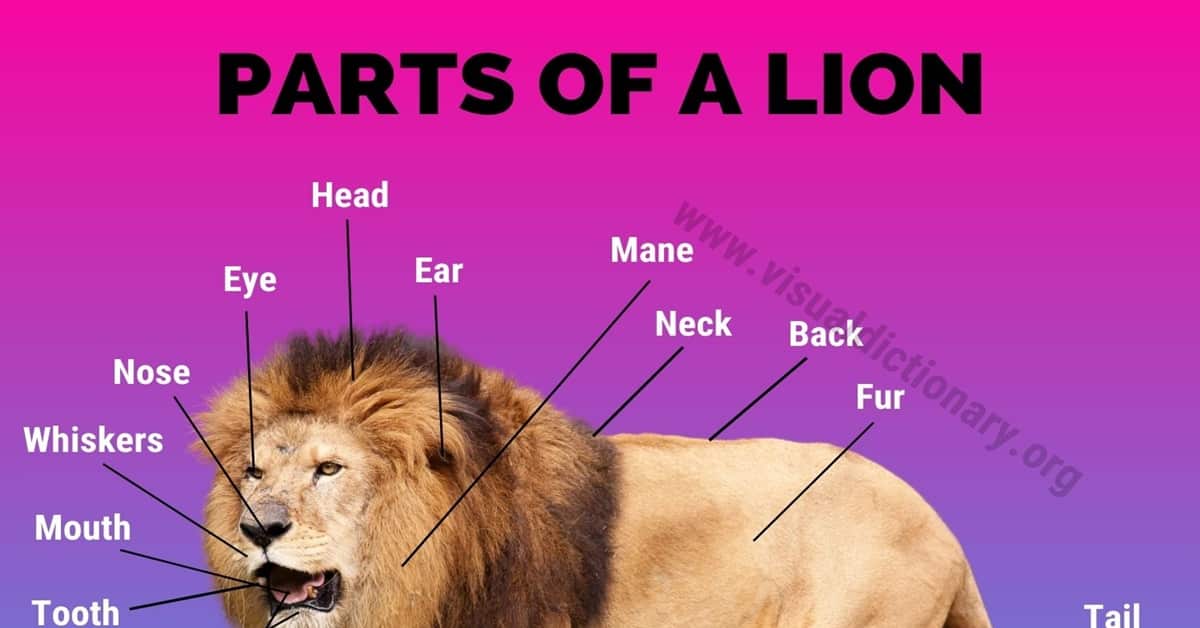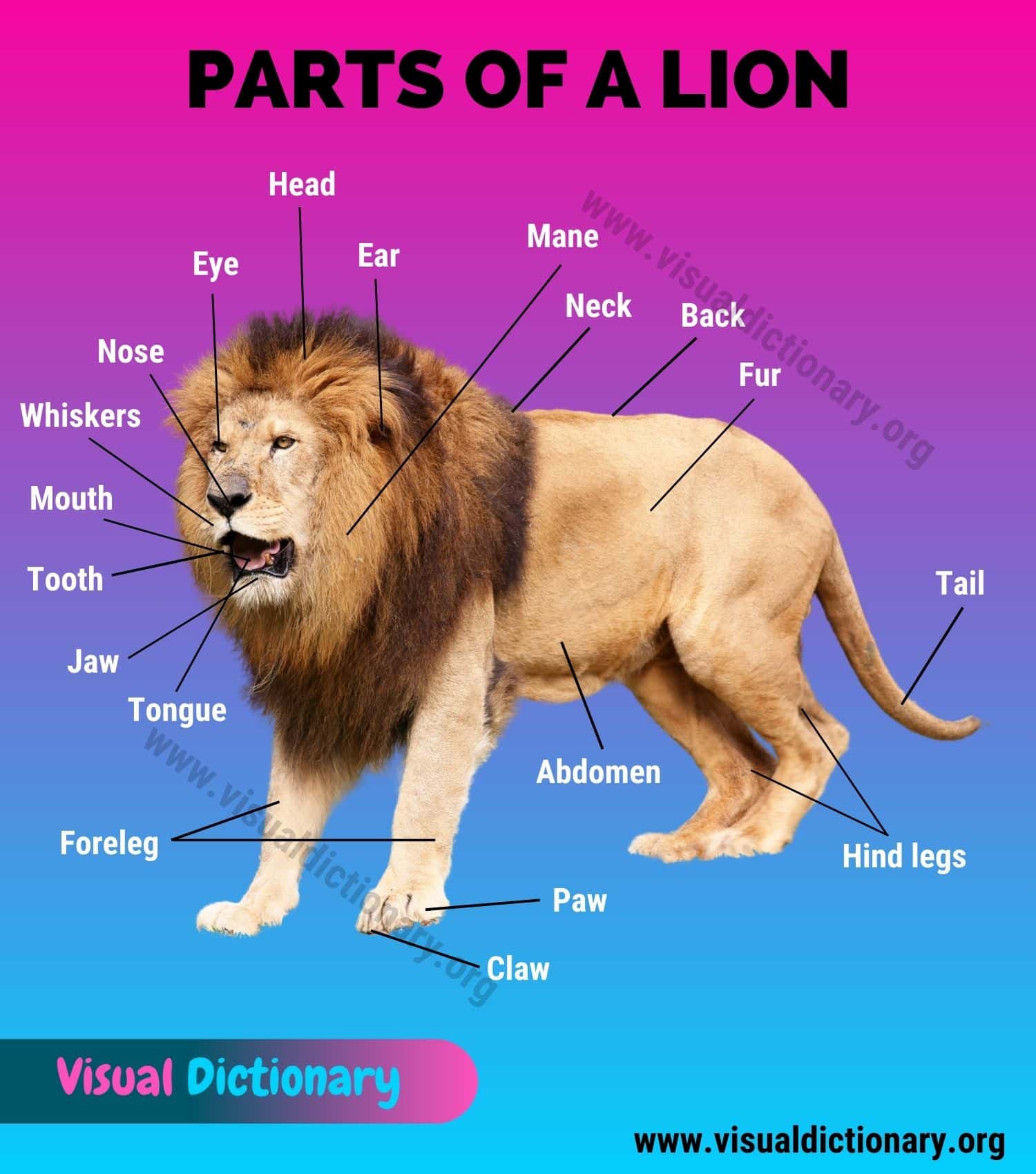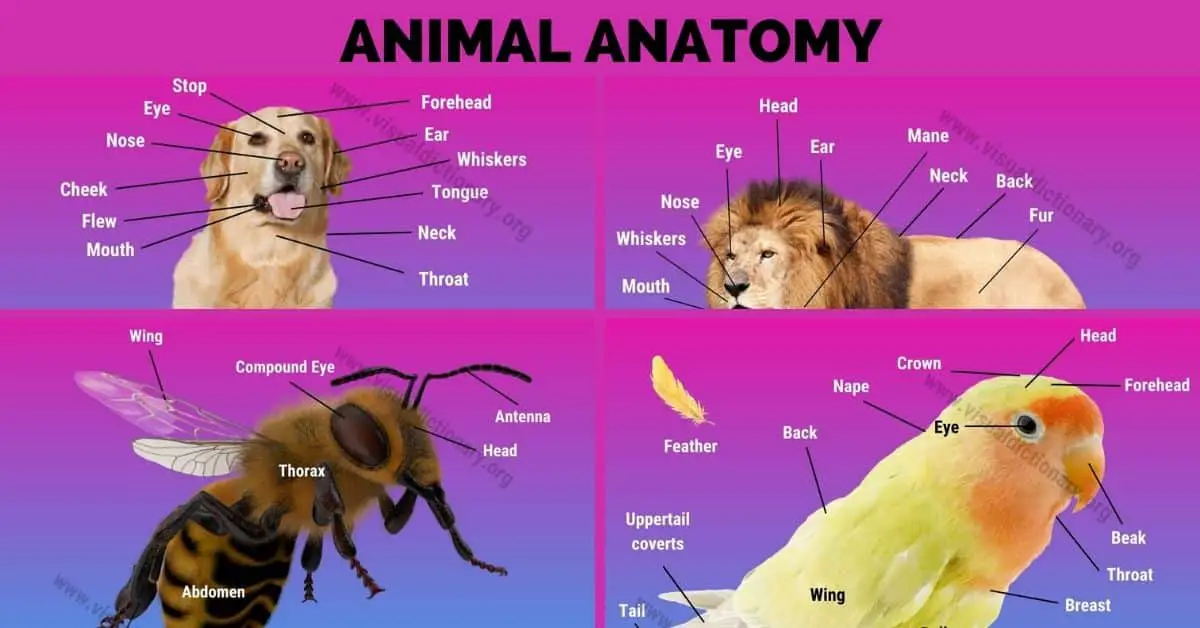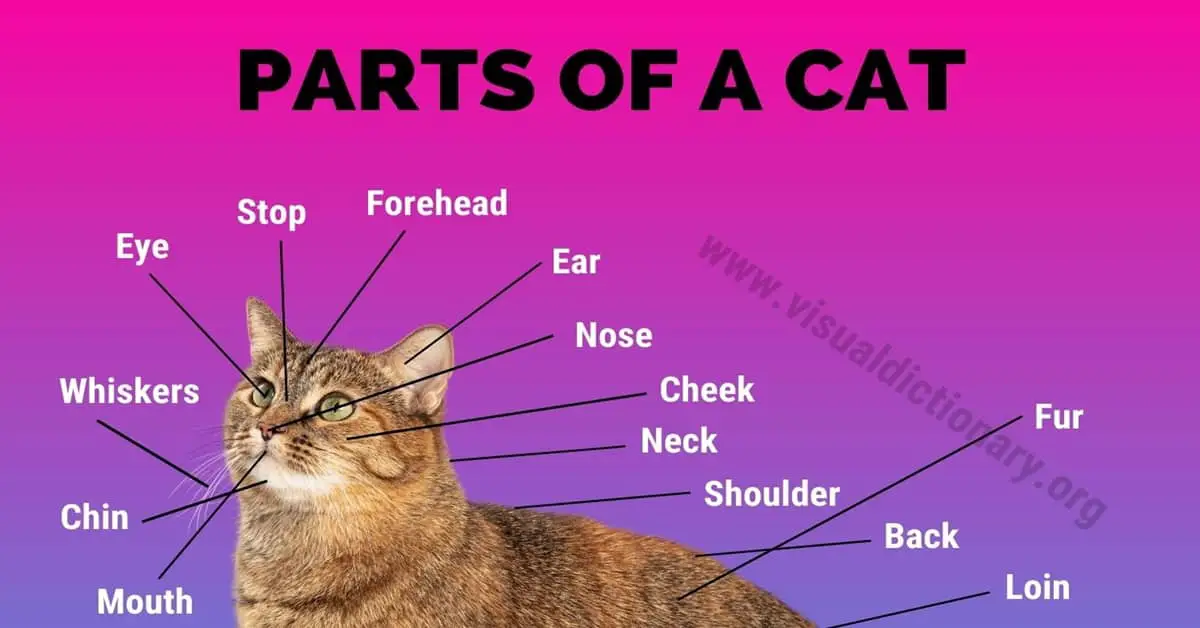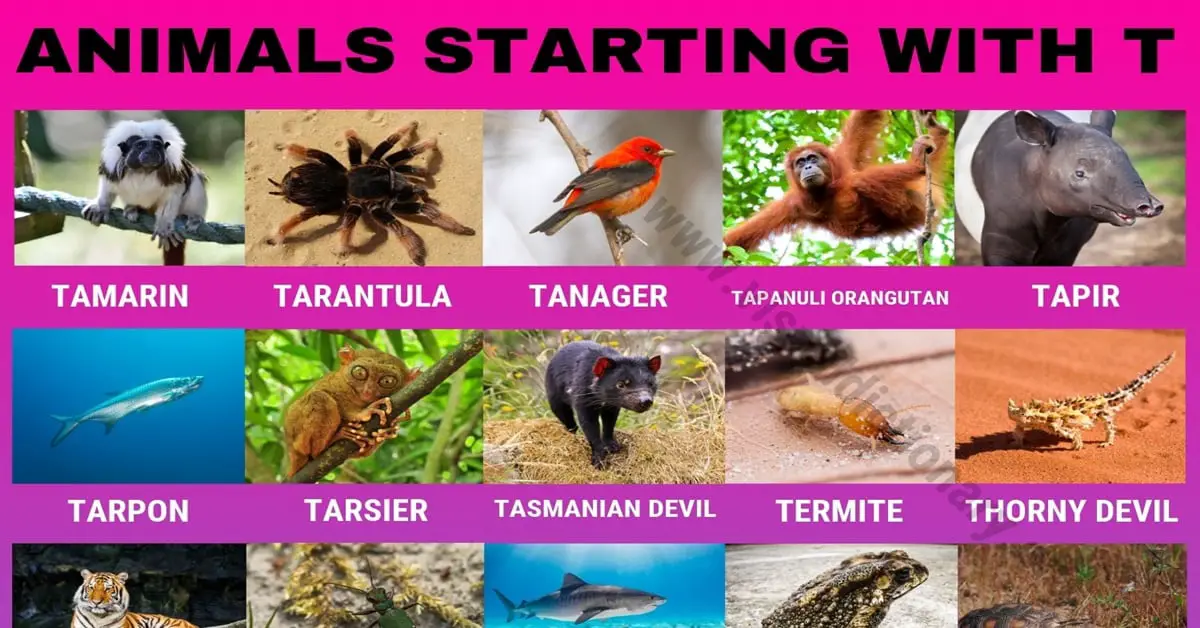If you’re a fan of big cats or just curious about the anatomy of one of the most iconic animals in the world, you’re in the right place. In this article, we’ll explore the different parts of a lion and provide you with interesting facts and information about this majestic creature.
In this article, we’ll dive deeper into the lion anatomy, exploring different parts of their body and their functions. We’ll also provide you with some fascinating facts about lions that you may not have known before. So, let’s get started and learn more about the amazing world of lion anatomy!
Table of Contents
Lion
Lions are the second largest big cat species in the world. Most lions found in the wild, live in the southern and eastern parts of Africa. Lions are very social compared to other cat species, often living in pride that feature females, offspring, and a few adult males.
Size and Weight
Lions are the second-largest big cat species in the world, with males typically being larger than females. Adult males can weigh between 330 to 550 pounds and measure up to 10 feet in length, including their tail. Females are generally smaller, weighing between 265 to 400 pounds and measuring up to 9 feet in length.
Body Structure
A lion’s body is muscular and broad-chested, with a short, rounded head and round ears. They have a hairy tuft at the end of their tail, which is used for communication and balance. Lions are digitigrade animals, meaning they walk on their toes and not on the soles of their feet.
Mane
One of the most recognizable features of a lion is their mane. Male lions have a thick, shaggy mane around their neck and head, which can range in color from blonde to black. The mane serves as a form of protection during fights with other males and can also indicate their status within a pride.
Teeth and Claws
Lions have sharp teeth and retractable claws, which they use for hunting and self-defense. Their canines are long and pointed, while their molars are flat and used for crushing bones. Lions also have strong jaws, which allow them to take down large prey.
Senses
Lions have excellent senses, including sharp eyesight and acute hearing. Their sense of smell is also highly developed, allowing them to track prey over long distances.
Lion Anatomy
The Lion’s Head and Neck
The Mane
The lion’s mane is one of its most recognizable features. It is a thick, shaggy growth of hair that surrounds the lion’s neck and head. The mane serves a few purposes, including protection during fights with other lions and as a way to attract females.
The color of a lion’s mane can vary from light tan to dark brown or black. It can also be a sign of the lion’s age and health, with older lions often having darker and fuller manes.
Teeth and Jaws
Lions have a powerful bite, with sharp teeth that are designed for tearing flesh. Their jaws are also incredibly strong, allowing them to take down prey much larger than themselves.
Lions have four types of teeth: incisors, canines, premolars, and molars. The canines are the largest and most prominent, and they are used for biting and killing prey.
Ears and Eyes
Lions have excellent hearing and vision, which are essential for hunting and survival. Their ears are large and pointed, and they can rotate independently to pick up sounds from all directions.
Their eyes are also well-adapted for hunting, with a reflective layer behind the retina that helps to amplify light in low-light conditions. This gives lions an advantage when hunting at dawn or dusk, which is when they are most active.
The Lion’s Body
The lion’s skin is covered with short, tawny fur that provides camouflage in the grasslands where they live. Male lions have a distinctive mane of longer, darker hair around their necks and heads, which helps them appear larger and more intimidating to other animals.
Underneath their fur, lions have tough, elastic skin that allows them to move quickly and easily. They also have specialized sweat glands in their paws that help them leave scent marks while they walk.
Overall, the lion’s body is built for strength, speed, and agility. Their muscular structure allows them to run up to 50 miles per hour for short distances, while their powerful jaws and sharp teeth make them skilled hunters.
The Lion’s Tail
The lion’s tail is a remarkable part of its anatomy. It is long and muscular, measuring about 3 feet in length, and covered in fur. The tail is used for balance when running, jumping, or changing direction. It also serves as a communication tool, with different tail positions conveying different messages.
One unique feature of a lion’s tail is the black tassel at the end. This tassel first appears when the lion is between 5 and 7 months old and is believed to help cubs follow their mothers through tall grass. As the lion grows, the tassel becomes more prominent and serves as a signal to other lions.
Another interesting fact about the lion’s tail is that it can be used to determine the animal’s mood. For example, a lion with a relaxed tail is likely calm and content, while a lion with a twitching or swishing tail may be agitated or ready to attack.
In addition to its functional purposes, the lion’s tail is also a beautiful part of its appearance. The fur is typically the same color as the rest of the lion’s body, and the tassel adds a unique touch. Overall, the lion’s tail is a fascinating and important part of its anatomy.
Parts of A Lion | List
- Mane
- Ear
- Eye
- Nose
- Muzzle
- Mouth
- Tail
- Fur
- Paw
- Whiskers
- Claw
- Jaw
- Head
- Back
- Teeth
- Foreleg
- Hind leg
- Neck
- Shoulder
- Chest
- Abdomen
- Underbelly
- Flanks
- Rump
- Tongue
Frequently Asked Questions
What are the different body parts of a lion?
Lions have a variety of body parts that work together to help them survive in their environment. Some of the key body parts of a lion include their sharp teeth, powerful jaws, strong legs, and flexible spine. They also have a thick mane, which is more prominent in males, and a tail that helps them balance and communicate with other lions.
What are some key features of a lion’s anatomy?
One of the most distinctive features of a lion’s anatomy is their powerful muscles, which allow them to run and jump with great speed and agility. They also have sharp claws that they use for hunting and defending themselves. Their flexible spine and strong legs make it easy for them to move quickly and gracefully, while their keen senses of sight, smell, and hearing help them locate prey and avoid danger.
How is a lion’s body structured for survival?
A lion’s body is perfectly adapted to help them survive in their environment. Their sharp teeth and powerful jaws allow them to catch and kill prey, while their strong legs and flexible spine make it easy for them to move quickly and avoid danger. They also have a thick mane and tail that help them communicate with other lions and establish dominance within their pride.
What are the main organs of a lion’s body?
Like all animals, lions have a variety of organs that work together to keep them alive. Some of the most important organs in a lion’s body include their heart, lungs, liver, and kidneys. These organs help them breathe, digest food, and eliminate waste, while their powerful muscles and sharp senses allow them to hunt and defend themselves.
What is the purpose of the hair on a lion’s chest?
The hair on a lion’s chest serves several purposes. It helps to protect their chest and vital organs during fights with other lions, while also providing insulation against the cold. Additionally, the hair on a lion’s chest can help to attract mates, as it is often more prominent and colorful in males.
What is the function of a lion’s nose?
A lion’s nose is an incredibly powerful tool that helps them locate prey and avoid danger. They have an acute sense of smell, which allows them to detect even the faintest scents from great distances. This helps them to find food, avoid predators, and communicate with other lions within their pride.
Related terms:
